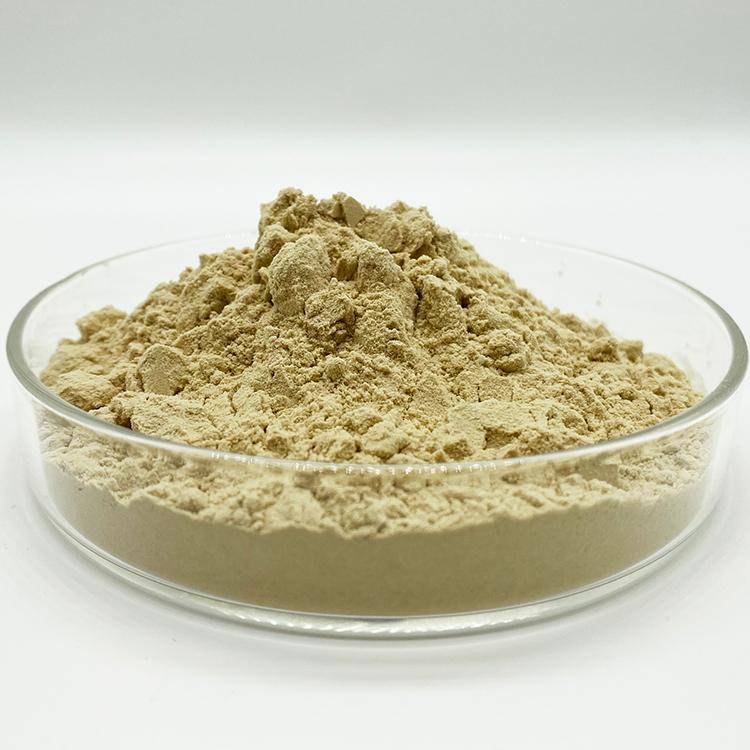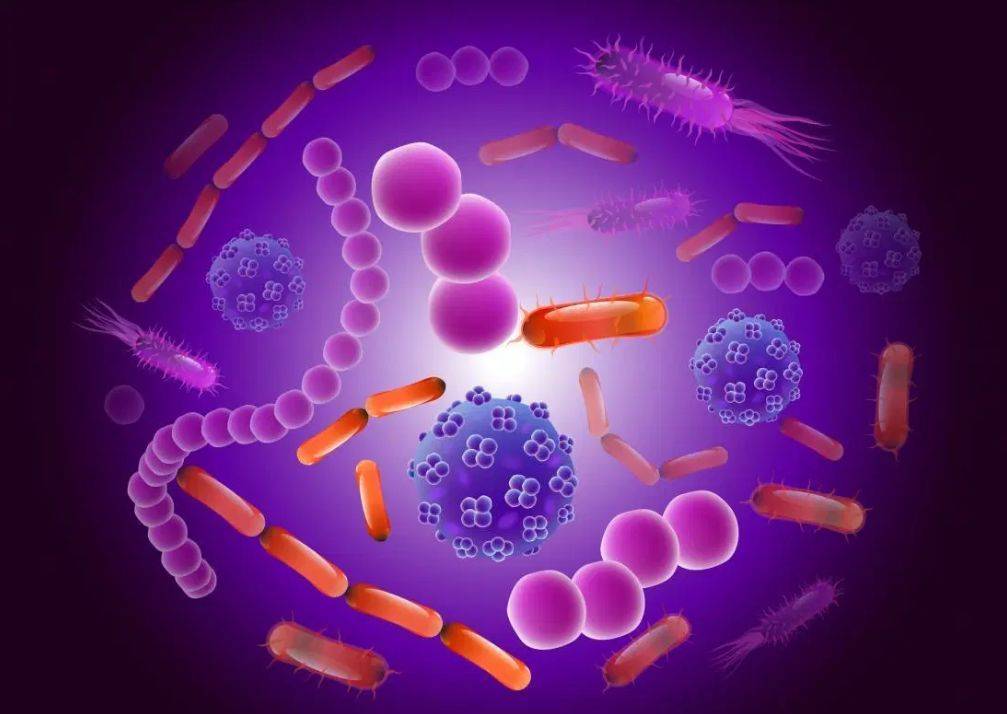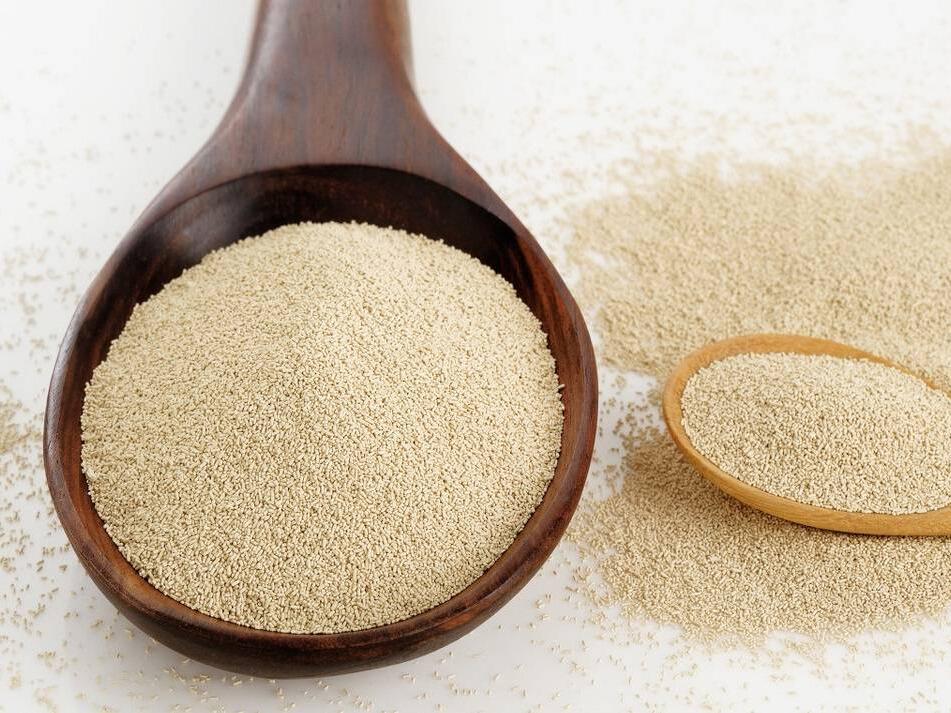What Is the Extraction Method of Yeast Beta Glucan?
Beta-glucan is a natural polysaccharide composed of D-glucose units linked by beta-glycosidic bonds. It is an important structural component of the cell wall and is widely found in bacteria, fungi (including yeast), algae and plants. Research has found that the physicochemical properties and biological activity of beta-glucan are closely related to its molecular spatial structure [1]. Beta-glucan from different sources and different extraction and purification methods can affect its molecular structure and thus the corresponding biological activity [2-3]. Studies have shown that yeast beta-glucan derived from brewer's yeast has a high degree of branching on the β-1,3 main chain and a relatively high molecular weight. It has been shown to enhance the body's immune system, regulate blood sugar and the intestinal microflora, and is therefore considered a safe, natural and effective functional food ingredient with immunomodulatory properties [4].
Yeast β-glucan was certified as Generally Recognized as Safe (GRAS) by the US Food and Drug Administration in 2008 (GRN00239), and is subsequently often used in functional foods, beverages, health foods and sports nutrition products to support healthy immune function. The Ministry of Health of the People's Republic of China announced in Notice No. 9 of 2010 that yeast β-glucan is a new resource product that can be added to various foods such as dairy products, functional drinks, baked goods, and candy. Notice No. 6 of 2012 has expanded the scope of use of yeast β-glucan to infant formula milk powder. This article provides a reference for its development and application in the food industry.
1 Preparation of yeast β-glucan
1.1 Acid-base method
The acid and alkali methods are among the earliest methods used to extract yeast β-glucan. In early studies, organic acids such as acetic acid and formic acid were generally used to hydrolyze yeast cells at about 90 °C for about 3 h, and the yeast β-glucan product was obtained by centrifugation, precipitation, and drying [5-6]. Huang Dan et al. [7] found that although the product obtained using the acid method has a high yield (21.58%), it is of low purity. Although a series of optimizations were carried out, the purity (71.46%) could not be increased to an ideal level.
In the study of alkaline extraction, yeast cells were treated with NaOH and supplemented with high pressure and other methods to achieve a purity of more than 90% of the product, meeting the requirements of food and medical fields. However, the waste liquid produced during the alkaline process is difficult to treat, limiting its application in large-scale production [8-9]. In order to combine the advantages of the two extraction methods, Yu Mingxiu and Pengkumsri et al. [6, 10] explored and optimized the combined acid-alkali method. After autolysis of yeast cells, they were successively treated with strong alkali (NaOH) and weak acid (CH3COOH). The yield and purity of the resulting yeast β-glucan product were improved compared to the acid and alkali methods that were treated separately, and the modified product can meet the needs of the medical needs. However, due to the environmental pollution caused by the acid and alkali waste liquid, it is still impossible to achieve effective improvement, and the use of a large amount of acid and alkali in the process results in an increase in the extraction cost. Therefore, the acid and alkali method cannot meet the current demand for yeast β-glucan in the food and pharmaceutical markets, nor can it meet the market's requirements for green production.
1.2 High-pressure microfluidization
High-pressure microfluidization (HPM) is a relatively new food processing method that has also shown good results in the extraction of yeast β-glucan. HPM uses high pressure to pump liquid materials into two microflows, which then collide with each other in a reaction chamber, subjecting the particles to intense shearing, impact and cavitation effects. This causes the cells to break and their contents to spill out, achieving the efficient extraction of intracellular compounds [11-12]. Williams et al. [13] used HPM technology to extract β-glucan from brewer's yeast, which while maintaining its physiological activity, significantly reduced its molecular weight and obtained a high-quality product with better solubility.
physiological activity while significantly reducing its molecular weight, obtaining a high-quality product with better solubility. Liu et al. [14] explored the optimal processing conditions in the HPM process and found that the yield of soluble β-D-glucan can be significantly increased with increasing HPM pressure, and the effect is best when the pressure reaches 165.48 MPa. The β-glucan product prepared under the conditions of a chamber pressure of 165.48 MPa and a residence time of 10 min/200 mL not only has a higher yield and purity than the traditional acid-base extraction method, but also has better solubility and lower protein content, making it suitable for industrial production [15]. When HPM technology is optimally combined with other methods, the extraction efficiency, yield and purity are significantly improved compared to a single extraction method .
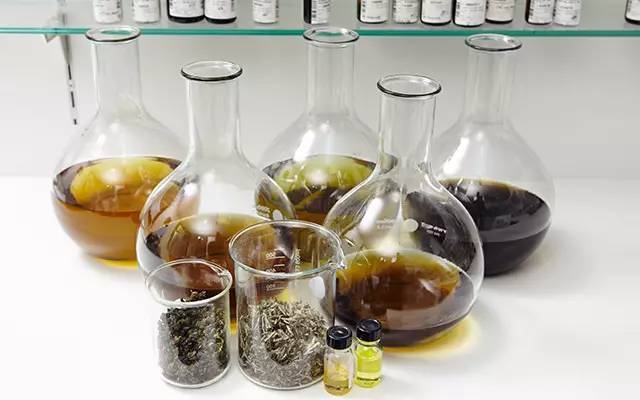
Based on previous research, Gao Jie et al. [16] used high-pressure microjet homogenization combined with complex enzymatic hydrolysis to prepare yeast β-glucan, as shown in Figure 1. High-pressure microjet 1 treatment conditions: pressure 210 MPa, 3 cycles, mass concentration 20% (wet weight); complex enzymatic hydrolysis conditions: enzyme addition 1.0%, temperature 55 °C, pH 7.0, enzymatic hydrolysis 50 min, liquid to solid ratio (by weight) 1:4; high-pressure microjet 2 treatment conditions: pressure 210 MPa, 3 cycles, the purity of the prepared yeast β-glucan product was (81.07±0.82)%, the total sugar content was (91.51±1.60)%, basically meeting the purity and yield requirements of industrial production. However, it is possible that the high pressure environment during the process has destroyed the three-dimensional structure of the yeast, and the resulting yeast β-glucan product is rough and flat, which may have a certain impact on the functional effect of the glucan.
1.3 Ultrasonic method
At present, ultrasonic technology, as a non-thermal processing technology, can effectively enhance the extraction and separation of substances due to its cavitation effect, and has shown great potential as an auxiliary extraction method in the extraction of natural products and bioactive substances [17]. Early studies using ultrasonic technology to treat yeast slurries were able to achieve a polysaccharide yield of 33% to 36%, which was much higher than the traditional acid-base method, which yielded about 20%. On this basis, Li Hongmei et al. [18] used Box-Behnken optimization to optimize the key factors in ultrasonic-assisted extraction technology, such as treatment time and ultrasonic power.
The autolysis ultrasonic coupling technology was used to extract yeast β-glucan with an extraction rate of 50.5%. The self-destructive ultrasonic coupling technology uses the self-destruction of yeast cells under specific conditions based on ultrasonic technology to destroy the cell structure, which has a synergistic effect with the ultrasonic-assisted extraction. Zheng and Kim et al. [19-20] found that ultrasonic treatment and alkali treatment reduced the particle size of yeast β-glucan from 8.80 μm to 1.77 μm and 7.19 μm, respectively. Compared with alkali treatment treatment, ultrasonic treatment has a greater advantage in loosening the aggregated structure of glucan, expanding the specific surface area, and enhancing its solubility. When ultrasonic technology is combined with enzymatic hydrolysis, the former greatly enhances the enzymatic hydrolysis efficiency by increasing the enzyme contact area, increasing the yield of yeast β-glucan to 32.3% and the purity to 98.8%, which is far superior to a single treatment mode [21]. The combination of ultrasonic waves and the above auxiliary methods resulted in a significant improvement in the retention of the structure and biological activity of the yeast β-glucan product. It can be seen that this type of extraction method is a potential method for the efficient extraction of yeast β-glucan in industry.
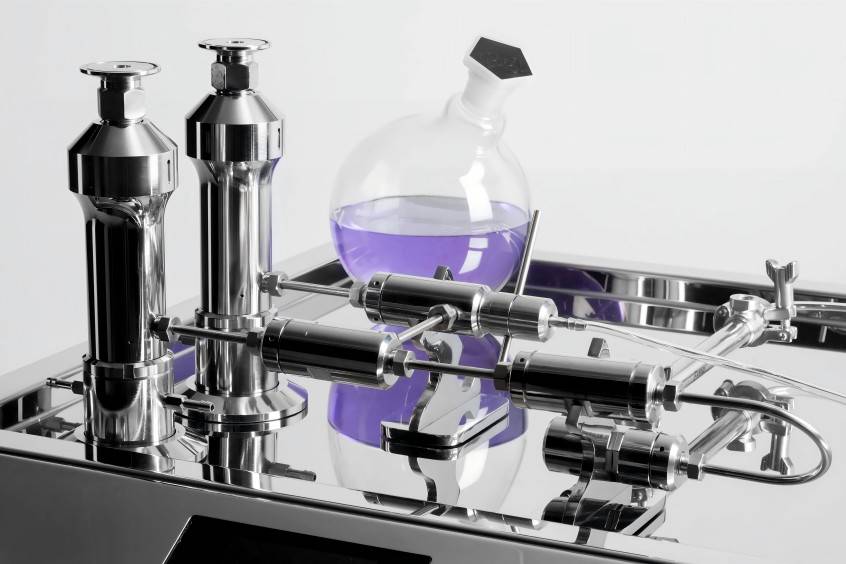
2. Immune activity of yeast β-glucan
2.1. Research based on cell models
In in vitro studies, yeast beta-glucan has been shown to have a regulatory effect on factors involved in the immune system, such as immune cells, receptors and cytokines. Angulo et al. [22] used yeast beta-glucan to stimulate goat monocytes. After 4 to 6 days of culture, the cells took on a typical macrophage shape and the gene expression of macrophage surface markers (CD11b and F4/80) was up-regulated expression, resulting in enhanced cell survival and high phagocytic capacity upon lipopolysaccharide (LPS) challenge.
In previous studies, yeast β-glucan was found to promote the proliferation of splenic lymphocytes in vitro and to help the production of cytokines such as interleukin-2 (IL-2), interleukin-6 (IL-6), interleukin-10 (IL-10), tumour necrosis factor-α (TNF- α) and interleukin-17A (IL-17A) [23-24] have a significant enhancing effect on the immune response. In addition, in previous studies, yeast β-glucan has been shown to have a synergistic effect with anti-tumor monoclonal antibodies, significantly improving the anti-tumor effect and the levels of various apoptosis regulatory proteins. Yeast β-glucan can directly inhibit the growth of cancer cells, and can also stimulate natural killer cells or neutrophils to kill cancer cells when they bind to glucan receptors [25]. In recent studies, yeast β-glucan has been found to be a novel autophagy inhibitor that has made progress in cancer treatment. It inhibits autophagy degradation by increasing lysosomal pH and inhibiting lysosomal protease activity, thereby exhibiting significant antitumor effects on the proliferation and metabolism of liver cancer cells and the growth of tumors in vivo [26].
2.2 Studies based on animal models
At present, yeast β-glucan has been shown in many animal studies to have significant effects in improving the body's immune function and anti-tumor effects, and is used as an animal immune stimulant. Wang et al. [27] found in their study that orally administered sulfated yeast β-glucan effectively improved the immune system of chickens by significantly altering cytokine concentrations, increasing interferon-γ (IFN-γ) and IL-6 concentrations, and decreasing transforming growth factor-β1 (TGF-β1) concentrations, while also promoting lymphocyte proliferation. transforming growth fac- tor-β1, TGF-β1) concentration, promote lymphocyte proliferation, thereby effectively improving the immune system of chickens, while increasing beneficial intestinal bacteria and promoting the function of the intestinal immune system.
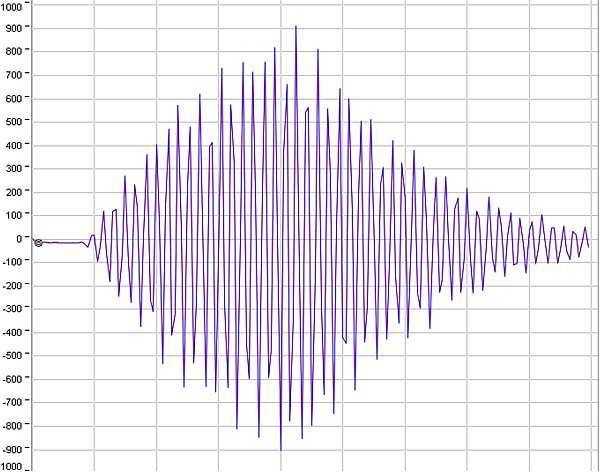
Oral intubation was used to administer yeast β-glucan to the sole model. The results showed that the expression of IL1B and IRF7 in the fish intestine was upregulated, and the proportion of Vibrio in the intestinal microorganisms was significantly reduced, thereby regulating the model's immunity [28]. When yeast β-glucan is added to the feed as a supplement, it can effectively improve nutrient digestibility, enhance immunity by increasing immunoglobulin concentrations and stimulating alkaline phosphatase [29], and has good application prospects in improving the innate immunity of the body and resistance to specific pathogens. In studies using mouse models, it was found that yeast β-glucan can effectively prevent infection by Listeria monocytogenes, Bacillus anthracis and Candida albicans[30-31].
Chan et al. and Alexander et al.[32-33] demonstrated the antitumor efficacy of yeast-derived β-glucan particles in a mouse model of metastatic melanoma in the lungs based on previously reported antitumor mechanisms. Recent studies have shown that the product of yeast β-glucan and zinc complexed with nano-carrier delivery has a significant enhancing effect on anti-inflammatory and pro-inflammatory cytokines (IL-1β, IL-6, IL-8) in the body, and has a significant regulatory effect on improving the body's humoral immunity, natural killer cell (NK) activity, and enhancing intestinal mucosal immunity [34-35].
2.3 Clinical studies
In recent years, the clinical application of yeast β-glucan in human immunity has also attracted the attention of scholars. Studies have shown that in double-blind selection experiments on people of different ages, the incidence of allergic symptoms such as skin and respiratory tract allergies was significantly lower in the subject group that consumed yeast β-glucan than in the placebo-controlled group [36-38]. In particular, it has a significant effect on improving immunity in early childhood and in the elderly.
In a feeding experiment on children aged 1 to 4 years, the results of the experimental group that consumed dairy beverages containing yeast β-glucan showed that the incidence of allergic rhinitis, wheezing, allergic cough, eczema and urticaria was significantly lower than that of the control group, and the proportion of those who needed to receive antibiotic treatment was also reduced [39]. Fuller et al. [3 6] found in a study of middle-aged and elderly people aged 50 to 70 that taking 250 mg of yeast beta-glucan capsules daily, although there was no significant statistical difference, was effective in reducing the number of days with symptoms of infection, while improving mood and relieving emotional stress. However, the specific mechanism by which yeast beta-glucan regulates the body is unclear and requires further research.
2.4 Immune-activating mechanism
Yeast β-glucan has attracted widespread attention due to its significant immunomodulatory effects. The immune-activating mechanism of yeast β-glucan is shown in Figure 2. After entering the digestive tract, yeast β-glucan enters the small intestine through the esophagus and stomach. M cells on the intestinal wall transport β-glucan from the intestinal lumen to the lymphoid tissue [40], an area rich in immune cells such as macrophages and dendritic cells that continuously monitor the contents passing through the intestine, especially for harmful microorganisms. Macrophages and dendritic cells have specific receptors on their outer surface that can recognise and bind to molecular structures commonly found on harmful microorganisms [41]. In the case of macrophages, for example, the special structure of yeast beta-glucan molecules means that they are recognised by receptors on macrophages, bind to them, and thereby activate the macrophages and give them the ability to destroy harmful microorganisms [42].
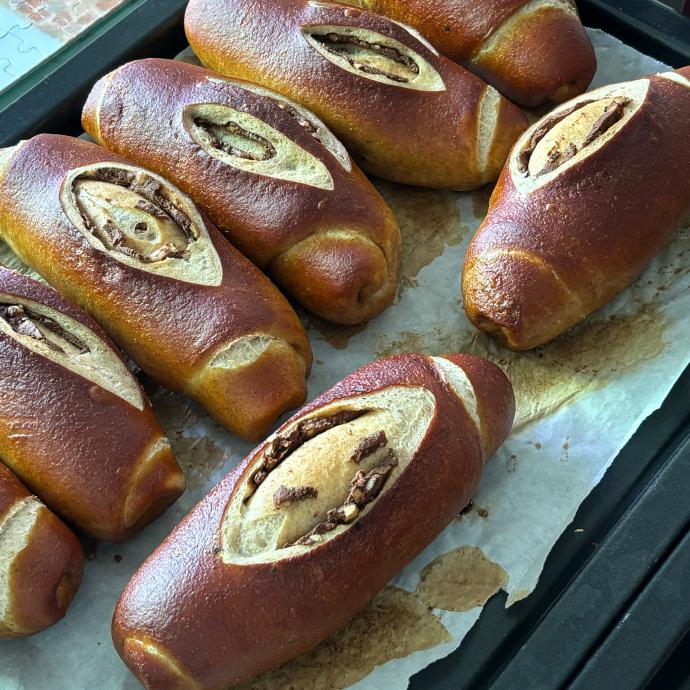
Experiments in mice have shown that the neutrophils and monocytes of individuals fed yeast β-glucan have higher phagocytic activity and a higher percentage of phagocytes [40]. It can be seen that yeast β-glucan has a positive effect on the oxidative metabolism of these cell types, which is a strong respiratory burst stimulus. When lymphocytes are stimulated with allergen proteins, those from the yeast β-glucan feeding group have a higher proliferation rate [43], which also proves the positive effect of yeast β-glucan on cellular immunity. In addition, although yeast β-glucan begins to exert its effects in the intestine, studies have also shown that yeast β-glucan molecules can be transported by macrophages to lymphoid tissue in other parts of the body, where they can activate other immune cells [40]. Since yeast β-glucan is recognized and bound by receptors on immune cells in a specific manner, β-glucans with different molecular structures have different effects on the immune system. The specific immune mechanisms involved require further exploration.
3 Conclusions and prospects
At present, the application of yeast β-glucan powder in chemical industry, aquatic products and food is receiving more and more attention. Survey data shows that by 2022, the global yeast β-glucan market will reach 476.5 million US dollars, which indicates that the application of β-glucan has huge development potential. However, in the domestic market, yeast β-glucan still has problems such as low yield and poor quality, and cannot meet the growing market demand. Currently, commonly used extraction methods include acid-base extraction, high-pressure microjet homogenization, and ultrasound-assisted extraction. These methods all have problems such as low yield, purity that is difficult to meet market demand, and serious pollution during production.
Finding a production method with a simple process, high yield, and good product quality will help to increase the commercial value of yeast β-glucan, promote its application in various fields, and conform to its international development trend. A series of studies on yeast β-glucan have been conducted using cell models, animal models and preliminary clinical trials, and β-glucan has been shown to improve the body's immune function. However, there are still some doubts about the specific mechanism of its immune regulation, and some proposed mechanisms are still based on hypotheses, and the underlying mechanisms have not yet been elucidated. Future research should focus on exploring the deep interaction mechanisms between yeast β-glucan and different subjects, as well as the interconnections between different mechanisms. This would be useful for understanding the changes caused by yeast beta-glucan in humans and animals, and would also be helpful for the development and application of yeast beta-glucan.
Reference:
[1] MANTOVANI M S, BELLINI M F, ANGELI J P F, et al. Β-Glucans in promoting health: Prevention against mutation and cancer [J]. Mutation Research/Reviews in Mutation Research, 2008, 658 (3): 154-161.
[2] LEUNG P H, ZHANG Q X, WU J Y. Mycelium cultivation, chemical composition and antitumour activity of a Tolypocladium sp. fungus isolated from wild Cordyceps sinensis[J]. Journal of Applied Micro- biology, 2006, 101(2): 275-283.
[3] CAO Y, SUN Y, ZOU S W, et al. Orally administered baker's yeast β-glucan promotes glucose and lipid homeostasis in the livers of obesity and diabetes model mice[J]. Journal of Agricultural and Food Chemistry, 2017, 65(44): 9665-9674.
[4] ZHAO Wenting, CHEN Zhixian, ZHANG Xiaoli, et al. Regulating effect of yeast β-glucan on immunity[J]. Food Science and Technol- ogy, 2021, 46(12): 245-250, 257.
[5] MLLER A, ENSLEY H, PRETUS H, et al. The application of vari- ous protic acids in the extraction of (1—>3)-beta-D-glucan from Saccharomyces cerevisiae[J]. Carbohydrate Research, 1997, 299(3): 203-208.
[6] YU Mingxiu, WANG Fengshan. Research status of the extraction methods, biological activites and application of yeast β-glucan[J]. Chinese Journal of Biochemical and Pharmaceuticals, 2017(3): 15- 19.
[7] HUANG Dan, LIU Dayu. Studies on isolation of active polysacchari- fide from Saccharomyees cerevisiae[J]. The Food Industry, 2004, 25 (4):27-29.
[8] BACHA U, NASIR M, IQBAL S, et al. Nutraceutical, anti-inflam- matory, and immune modulatory effects of β-glucan isolated from yeast[J]. BioMed Research International, 2017, 2017: 8972678.
[9] WANG Yuewei. Research progress on extraction and activated function of yeast β-1, 3-glucan [J]. Food Research and Develop- ment, 2012, 33(8): 230-232.
[10] PENGKUMSRI N, SIVAMARUTHI B S, SIRILUN S, et al. Extrac- tion of β-glucan from Saccharomyces cerevisiae: Comparison of dif- ferent extraction methods and in vivo assessment of immunomodula- tory effect in mice[J]. Food Science and Technology, 2016, 37(1): 124-130.
[11] GUO Gai, JIAN Tiantian, QI Rui, et al. Dynamic high-pressure mi- crofluidization -assisted method for extraction of total flavonoids from Cyperus esculentus L. leaves and application in cookies [J]. Modern Food Science and Technology, 2017, 33(3): 184-190, 115.
[12] ZHAO Guangyuan, XU Yanhua, JING Siqun, et al. Effect of high pressure microfluidization on physical and chemical properties and structure of glucan[J]. Food Science and Technology, 2017, 42(12): 240-244.
[13] WILLIAMS R, DIAS D A, JAYASINGHE N, et al. Beta-glucan-de- pleted, glycopeptide-rich extracts from Brewer's and Baker's yeast (Saccharomyces cerevisiae) lower interferon-gamma production by stimulated human blood cells in vitro[J]. Food Chemistry, 2016, 197: 761-768.
[14] LIU H Z, BAI W Q, HE L, et al. Degradation mechanism of Saccha- romyces cerevisiae β-D-glucan by ionic liquid and dynamic high pressure microfluidization[J] . Carbohydrate Polymers, 2020, 241: 116123.
[15] DIMOPOULOS G, TSANTES M, TAOUKIS P. Effect of high pres- sure homogenization on the production of yeast extract via autolysis and beta-glucan recovery[J]. Innovative Food Science & Emerging Technologies, 2020, 62: 102340.
[16] GAO Jie, LIU Hongzhi, LIU Li, et al. Preparation of β-glucan from Saccharomyces cerevisisae and the process analysis[J]. Food Science and Technology, 2013, 38(8): 222-228.
[17] SUNGPUD C, PANPIPAT W, SAE YOON A, et al. Ultrasonic-assisted virgin coconut oil based extraction for maximizing polyphenol recovery and bioactivities of mangosteen peels[J] . Journal of Food Science and Technology, 2020, 57(11): 4032-4043.
[18] LI Hongmei, WANG Weijie, HOU Kun, et al. Autolysis-ultrasonic coupling extraction of β-1, 3-D-glucan from waste beer yeast[J]. Fine Chemicals, 2014, 31(1): 45-49.
[19] ZHENG Z M, HUANG Q L, LUO X G, et al. Effects and mechanisms of ultrasound- and alkali-assisted enzymolysis on production of wa- ter-soluble yeast β-glucan[J]. Bioresource Technology, 2019, 273: 394-403.
[20] KIM J S, LEE Y Y, KIM T H. A review on alkaline pretreatment technology for bioconversion of lignocellulosic biomass[J] . Biore - source Technology, 2016, 199: 42-48.
[21] WANG Jiajia, HU Songqing, HUANG Yanbo, et al. Physicochemical properties and prebiotics effect of yeast β-glucans in vitro[J]. Journal of Chinese Institute of Food Science and Technology, 2018, 18(7): 10-17.
[22] ANGULO M, REYES-BECERRIL M, CEPEDA-PALACIOS R, et al. Oral administration of Debaryomyces hansenii CBS8339-β-glu- can induces trained immunity in newborn goats[J]. Developmental & Comparative Immunology, 2020, 105: 103597.
[23] TONDOLO J S M, LEDUR P C, LORETO E S, et al. Extraction, characterization and biological activity of a (1, 3)(1, 6)-β-d-glucan from the pathogenic oomycete Pythium insidiosum[J]. Carbohydrate Polymers, 2017, 157: 719-727.
[24] JELLMAYER J A, FERREIRA L S, MANENTE F A, et al. Dectin-1 expression by macrophages and related antifungal mechanisms in a murine model of Sporothrix schenckii sensu stricto systemic infec- tion[J]. Microbial Pathogenesis, 2017, 110: 78-84.
[25] VETVICKA V, VETVICKOVA J. Anti-infectious and anti -tumor activities of β-glucans[J]. Anticancer Research, 2020, 40(6): 3139- 3145.
[26] WANG N N, LIU H Z, LIU G J, et al. Yeast β-D-glucan exerts anti- tumour activity in liver cancer through impairing autophagy and lysosomal function, promoting reactive oxygen species production and apoptosis[J]. Redox Biology, 2020, 32: 101495.
[27] WANG M, WANG X Y, ZHANG L F, et al. Effect of sulfated yeast beta-glucan on cyclophosphamide-induced immunosuppression in chickens[J]. International Immunopharmacology, 2019, 74: 105690.
[28] CARBALLO C, PINTO P I S, MATEUS A P, et al. Yeast β-glucans and microalgal extracts modulate the immune response and gut mi- crobiome in Senegalese sole (Solea senegalensis)[J]. Fish & Shellfish Immunology, 2019, 92: 31-39.
[29] MA T, TU Y, ZHANG N F, et al. Effects of dietary yeast β-glucan on nutrient digestibility and serum profiles in pre-ruminant Hol- stein calves[J]. Journal of Integrative Agriculture, 2015, 14(4): 749- 757.
[30] SAMUELSEN A B C, SCHREZENMEIR J, KNUTSEN S H. Effects of orally administered yeast -derived beta -glucans: A review [J]. Molecular Nutrition & Food Research, 2014, 58(1): 183-193.
[31] SUN X Q, GAO Y, DING Z, et al. Soluble beta-glucan salecan im- proves vaginal infection of Candida albicans in mice[J]. Internation- al Journal of Biological Macromolecules, 2020, 148: 1053-1060.
[32] CHAN G C F, CHAN W K, SZE D M Y. The effects of beta-glucan on human immune and cancer cells[J] . Journal of Hematology & Oncology, 2009, 2: 25.
[33] ALEXANDER M P, FIERING S N, OSTROFF G R, et al. Beta-glu- can-induced inflammatory monocytes mediate antitumor efficacy in the murine lung[J]. Cancer Immunology, Immunotherapy: CII, 2018, 67(11): 1731-1742.
[34] CHEN Qiong, CHEN Peng, LI Junying, et al. Immunomodulatoryef- fects of yeast β-glucan and zinc compound formula on immunosup- pressive in immature mice[J]. Science and Technology of Food Indus- try, 2021, 42(8): 313-319.
[35] VELAZQUEZ - CARRILES C , MACIAS - RODR魱GUEZ M E , CARBAJAL-ARIZAGA G G, et al. Immobilizing yeast β-glucan on zinc -layered hydroxide nanoparticle improves innate immune response in fish leukocytes[J]. Fish & Shellfish Immunology, 2018, 82: 504-513.
[36] FULLER R, MOORE M V, LEWITH G, et al. Yeast-derived β-1, 3/ 1, 6 glucan, upper respiratory tract infection and innate immunity in older adults[J]. Nutrition, 2017, 39-40: 30-35.
[37] DHARSONO T, RUDNICKA K, WILHELM M, et al. Effects of yeast (1, 3)-(1, 6)-beta-glucan on severity of upper respiratory tract in- fections: A double-blind, randomized, placebo-controlled study in healthy subjects[J] . Journal of the American College of Nutrition , 2019, 38(1): 40-50.
[38] ZHONG K X, LIU Z Q, LU Y, et al. Effects of yeast β-glucans for the prevention and treatment of upper respiratory tract infection in healthy subjects: A systematic review and meta-analysis[J]. European Journal of Nutrition, 2021, 60(8): 4175-4187.
[39] PONTES M V, RIBEIRO T C M, RIBEIRO H, et al. Cow's milk - based beverage consumption in 1 - to 4 -year -olds and allergic manifestations: An RCT[J]. Nutrition Journal, 2016, 15: 19.
[40] STIER H, EBBESKOTTE V, GRUENWALD J. Immune-modulatory effects of dietary Yeast Beta-1, 3/1, 6-D-glucan[J]. Nutrition Jour- nal, 2014, 13: 38.
[41] BAI J Y, REN Y K, LI Y, et al. Physiological functionalities and mechanisms of β-glucans[J]. Trends in Food Science & Technology, 2019, 88: 57-66.
[42] NA Y R, JE S, SEOK S H. Metabolic features of macrophages in in- flammatory diseases and cancer[J]. Cancer Letters, 2018, 413: 46- 58.
[43] WOJCIK R, JANOWSKA E, MAACZEWSKA J, et al. Effect of β - 1, 3/1, 6-D-glucanonthephagocyticactivityandoxidativemetabolism of peripheral blood granulocytes and monocytes in rats[J]. Bulletin Veterinary Institute in Pulawy, 2009, 53(2): 241-246.


 English
English French
French Spanish
Spanish Russian
Russian Korean
Korean Japanese
Japanese